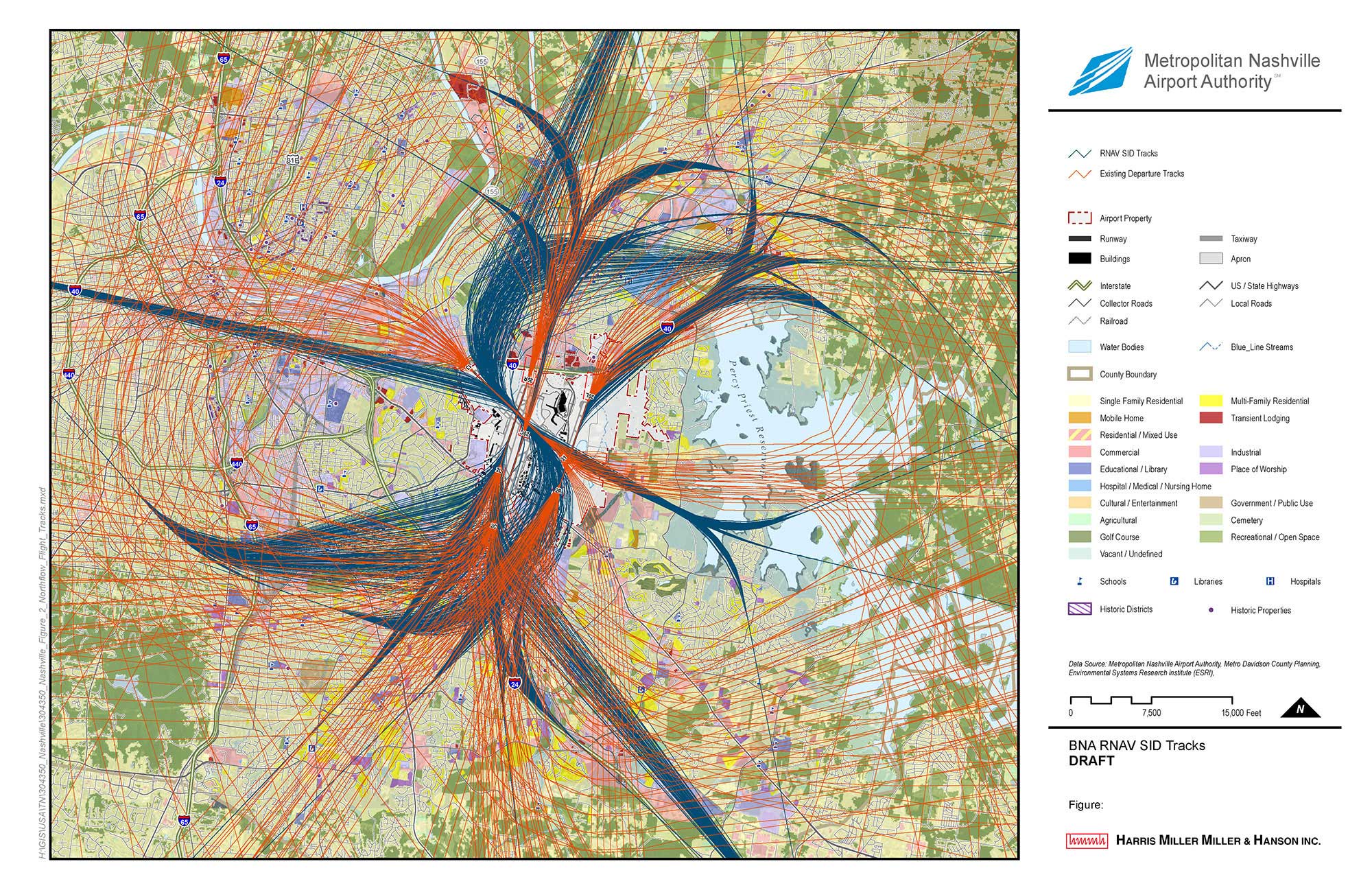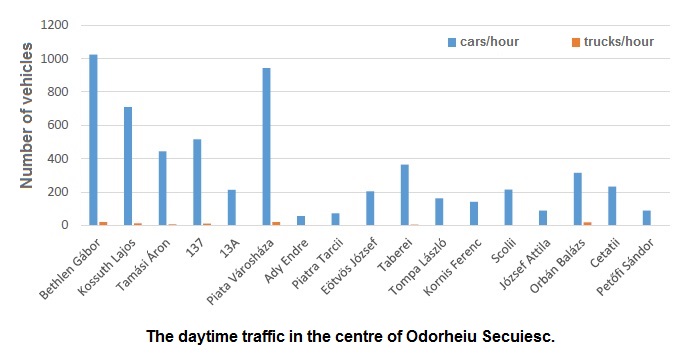
When words are stored as sight vocabulary words in long-term memory, a reader no longer has to decode words one at a time the way beginning readers do. This is what enables us to be efficient readers, able to focus on the meaning of what we read instead of on word reading. As soon as one of these words is seen, it is unconsciously and instantly recognizable. Adult competent readers have between 30,000 and 60,000 words that have been orthographically mapped in their sight vocabulary. They then permanently store the connected sounds and letters of words (along with their meaning) as instantly recognizable words, described as “sight vocabulary” or “sight words”.Ī sight word is any word that a reader instantly recognizes and identifies without conscious effort. Through orthographic mapping, students use the oral language processing part of their brain to map (connect) the sounds of words they already know (the phonemes) to the letters in a word (the spellings). Orthographic mapping is the process that all successful readers use to become fluent readers. It is recommended to use a ray-receiver to inspect vertical paths and decide yourself the importance of these diffracted levels.Every word has three forms – its sounds (phonemes), its orthography (spelling), and its meaning. Vertical edges are only considered when you are in the shadow of the barrier. This model only accounts for such a situation along the top edges. ISO9613-2 considers the effect of edges that are not screening, for example an observer looking over the top of a wall. In complex models, applying this recommendation will improve calculation times considerably. ISO17534-3 recommends that lateral paths are limited to vertical edges within the range of the most distant horizontal edge multiplied by 8, with respect to distances from the direct source-to-receiver line. The lateral path method can be configured to only consider "convex" paths that curve in a single direction and do not zig-zag.Ĭonvex path illustration Limit distance (ISO recommendation) Illustration of the inclined source-to-receiver plane Convex path option When enabled, lateral paths around vertical edges are found within a flat plane inclined along the direct source-to-receiver line. It is recommended that you highlight where these simplifications have taken place. For each simplification there will be a degree of error added to the model.

The following table of accuracy is taken from ISO9613-2 based on tests without screening or reflections Average height of source and receiverĬomputer modelling requires a simplification of real-world conditions into basic components. It is essential to consider that modelling is only ever an estimate and real-world measurements may differ greatly.

A moderate ground-based temperature inversion, such as is common on clear, calm nights should not significantly affect accuracy.Wind speed between approximately 1-5 m/s, measured 3-11 m above the ground.This is defined as a wind direction within an arc of 90 degrees with the wind blowing from source to receiver. Below are suitable conditions taken from ISO9613-2. Sound propagation is affected by variations in meteorological conditions. not floating above the ground or with empty sections / perforations. Screens are flat with no significant transmission of sound through or under the screen.The ground is of a continuous type (a single ground factor).Noise sources behave as a point (or line for line sources) and are far-field, where inherent directivity is minimal.


 0 kommentar(er)
0 kommentar(er)
